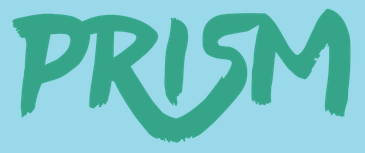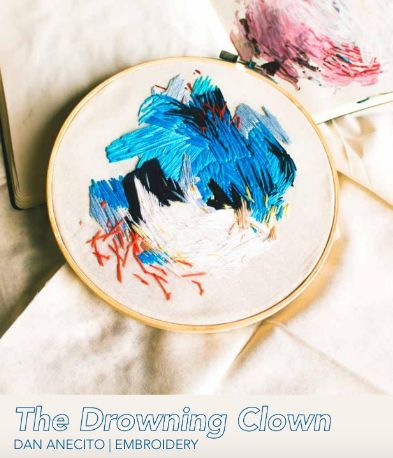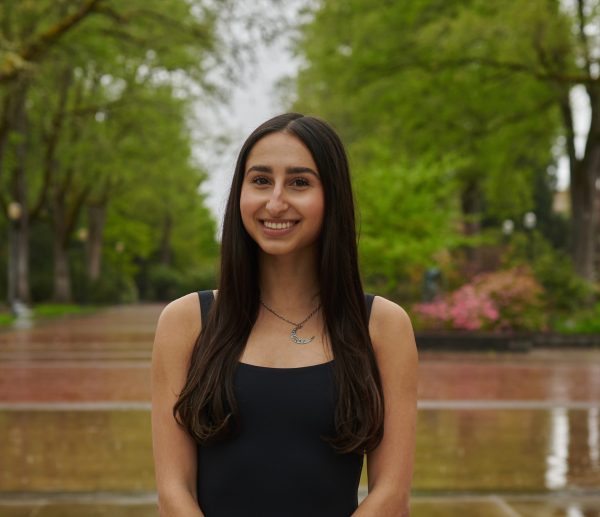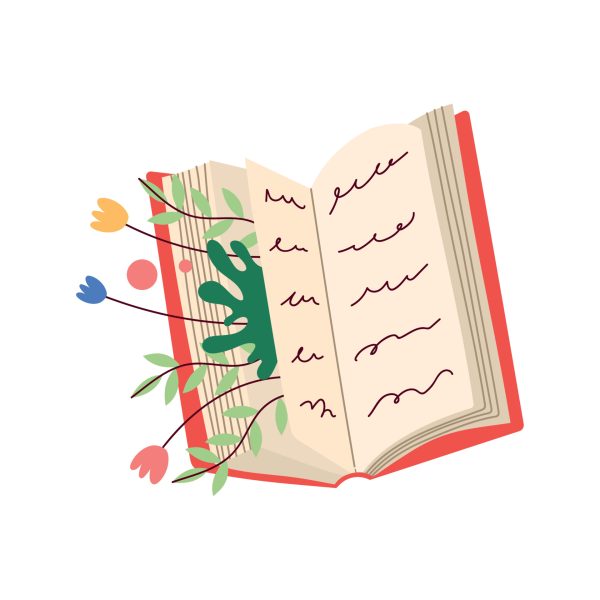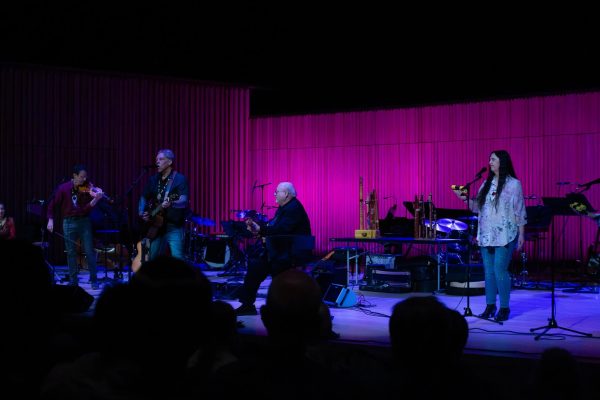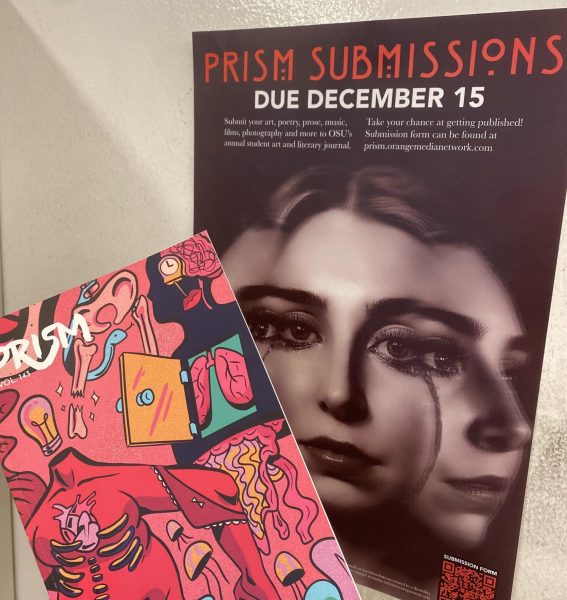Throwback: Art and the Nature of Fear
March 31, 2020
A common reaction I’m faced with when I approach my community with art is fear. It’s a special kind of fear: it’s a fear that boldly masquerades as humility. “Art is perfectly fine,” I’ll hear, “but I just can’t understand it.” Or: “It can’t put food on the table.” (As if the hunger in our bellies could ever match the hunger in our hearts!) Or, even more commonly: “It doesn’t do anything for me.” Though the situations are varied and complicated, they often boil down to a fear of art that’s actually a fear of the self. Sitting down with people to discuss art has revealed to me many of the countless walls we erect on a daily basis to protect ourselves from the subject; their existence is a fact which never ceases to amaze me. It is my belief that the walls in these conversations stem largely from our fears of being inadequate. These fears are common enough as to be an epidemic; I am no doctor, but I will share with you what little medicine I have.
For all its reputation of fragility, the creative impulse lives along with love and hate as one of the oldest, most enduring qualities of the human condition. This is because we as people are absolutely terrible at truly seeing ourselves. Being caught up in the act of looking makes it all the more difficult to truly see, and so it is that our desires to find both the best and worst parts of ourselves obfuscate the true picture. It can be extremely tempting to latch onto a single moment or feeling and let that grow to define our self-image, but it’s a fallacy no matter how you slice it; both self-hate and self-love can easily get in the way of self-discovery and self-acceptance. This cyclical process builds upon itself daily. Its synergy is so powerful that it doesn’t take long for our monuments to ourselves (whether good or bad) to completely eclipse the humble nature of living.
Art therefore seems alien because it is an extension, a re-invention, a re-creation of the self; it bares our deepest vulnerabilities (and, more terrifying yet, our dreams). It therefore contains the sum of not just all humanity, but more importantly, your humanity as someone who approaches it in a given moment. The ultimate liberty (and fear) of art is that it is never static; it is always contingent upon you as a viewer. The secret is that consuming art is a high-contact sport, and no one’s ego is on the line but your own.
For art does not exist inherently within any material or idea. Art is what happens when a human being brings the sum of their feelings and experiences to bear upon a single moment or stimulus. That stimulus could be a carefully-wrought poem; it could also be a pair of muddy workboots or a bearded fish.
That’s a tall order. But it gets taller: Art lives in more than a poem, or a painting, or a song. It lives in the life that walked by as you sipped your coffee this morning. It lives in oceans as enormous as the smallest mud puddle. It lives, as Walt Whitman might have put it, in every single leaf of grass.
Art does not simply reflect us. It is us, and it is also something apart from us. This can be a terrifying realization because it places the burden of artistic proof upon the viewer rather than the artist. For the artist, this means giving everything of yourself to create a child in your own image before letting go of that child once it grows past and beyond you. For the viewer, it means accepting that mature being as something more than what can be understood in a first glance or a single moment.
That reality creates a terror that is deep and existential for both consumers of art and creators of it. Art is an independent object that has power in our society because we ascribe value to its capacity to express; for the artist, then, creation often comes with the fear of being unable to create. Inadequate in ideas or technique. Unoriginal. In other words, as an artist plies their craft, they have two fears: the fear of lacking the talent required to express oneself, and the fear of the actual self being unappealing or unworthy. If I make a flawed poem, you as a viewer will clearly see my lack of skill. But if I am talented and skilled, I will also hate success because successful art can show you (like nothing else can) my flaws and inadequacies as a human being. These fears plague everyone in one way or another on a daily basis, since so much of what we do is expressive in some form. Art is just a core example because it cuts quite readily to the truth. The irony is that expressing oneself truly, fallibilities and all, is also one of the most rewarding things a person can do. Baring the soul can be a source of liberation and freedom instead of a moment of weakness.
By the same token, perhaps what lies at the root of the fear of ambiguity is the fear of freedom. Few things can be as terrifying for an artist as a blank canvas or page. The freedom of that which is unfinished (or not yet begun) also brings with it more fears of failure, uncertainty, and even success (read: growth). But the perfection of one’s craft requires the artist to face the blank page or canvas again and again, facing themselves and their fears in the same moment. My own experiences have taught me that this fear does not go away with time. Instead, living with it and learning to leverage its momentum is a trained skill and a lifelong process.
I find that many are afraid of art because they don’t know how to find “the right answer.” The real truth is perhaps even more terrifying: there is no right answer. But this fear, when turned into a catalyst for creativity, becomes a powerful catalyst indeed. In truth, I can never tell you what is beautiful and what isn’t, nor can I honestly persuade you to give up “reality” in exchange for the latent, patient, and unexamined inner life.
Instead, I will issue you the following (friendly) challenges:
- Do not pretend to be fearless. Listen to your fears and chase after them.
- Throw yourself off the deep end. The joy to be found in swimming with no safety net may surprise you.
- Give everything of yourself to art when you approach it as either a viewer or a creator. It will return your self to you as a different person every time. In a world that seems to grow increasingly uncertain day by day, the least we can do is push ourselves to grow in new and unexpected ways.
- Allow yourself to enjoy that growth. Dare yourself to enjoy it. Overcoming fear is rarely a gentle process, but often a triumphant one.
These are the beliefs that my first twenty years of turbulent life have led me to. As I continue to take new risks and radically grow, I know that my beliefs and convictions will continue to change. But rather than being committed exclusively to that set of beliefs, I am instead committed to the idea of change itself. For me, that means attacking the craft of being an artist and the craft of being human with fresh eyes and a fresh heart, and always with a sense of determined, relentless joy.
I hereby invite you to walk on that path with me.

